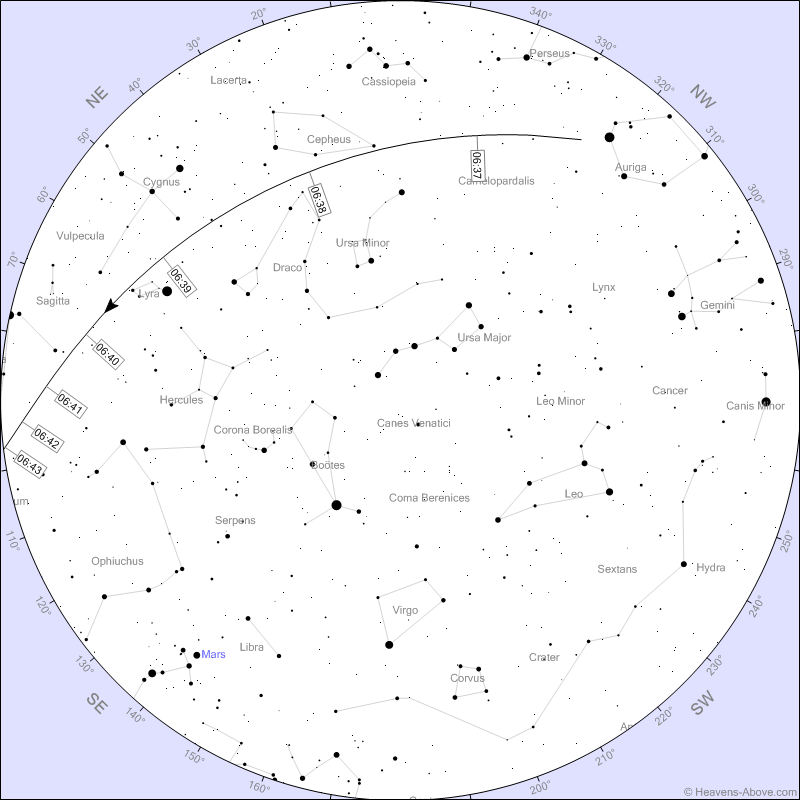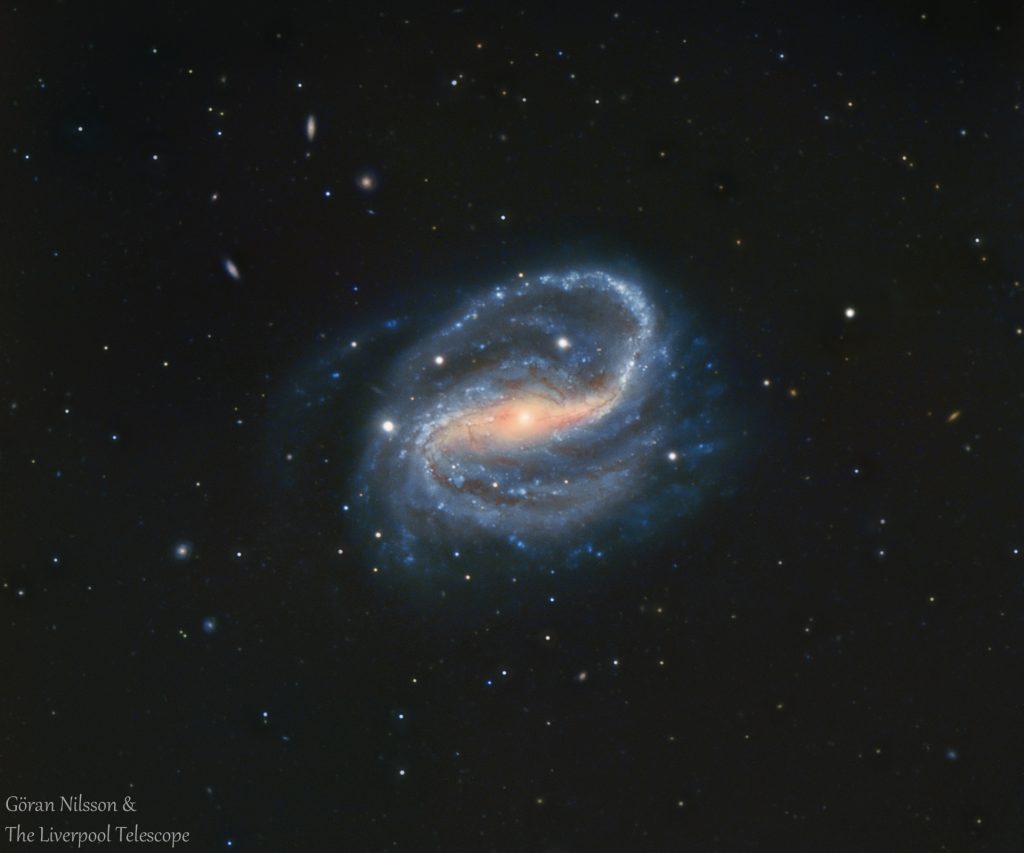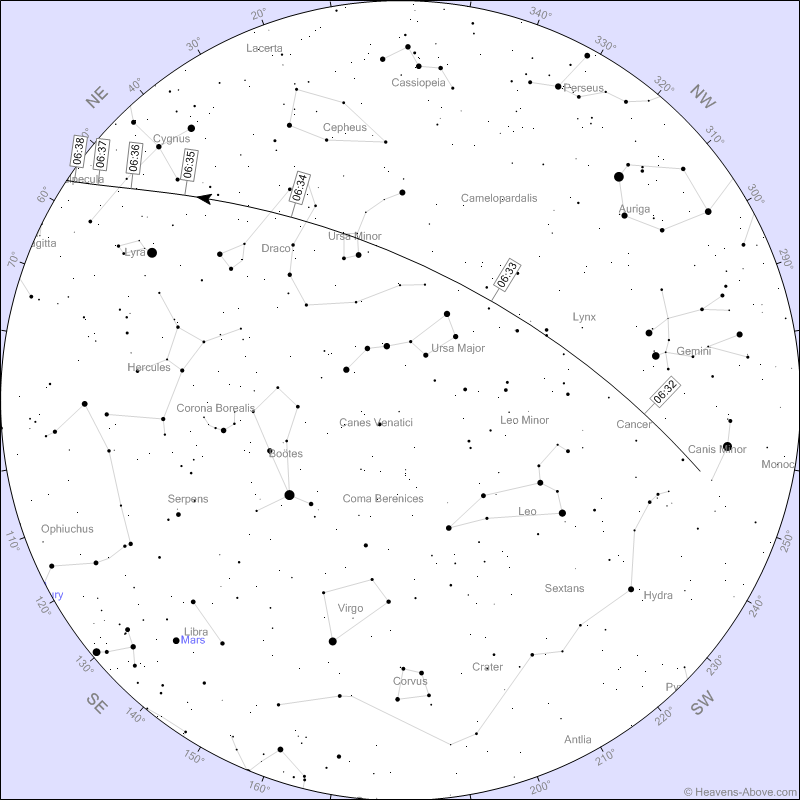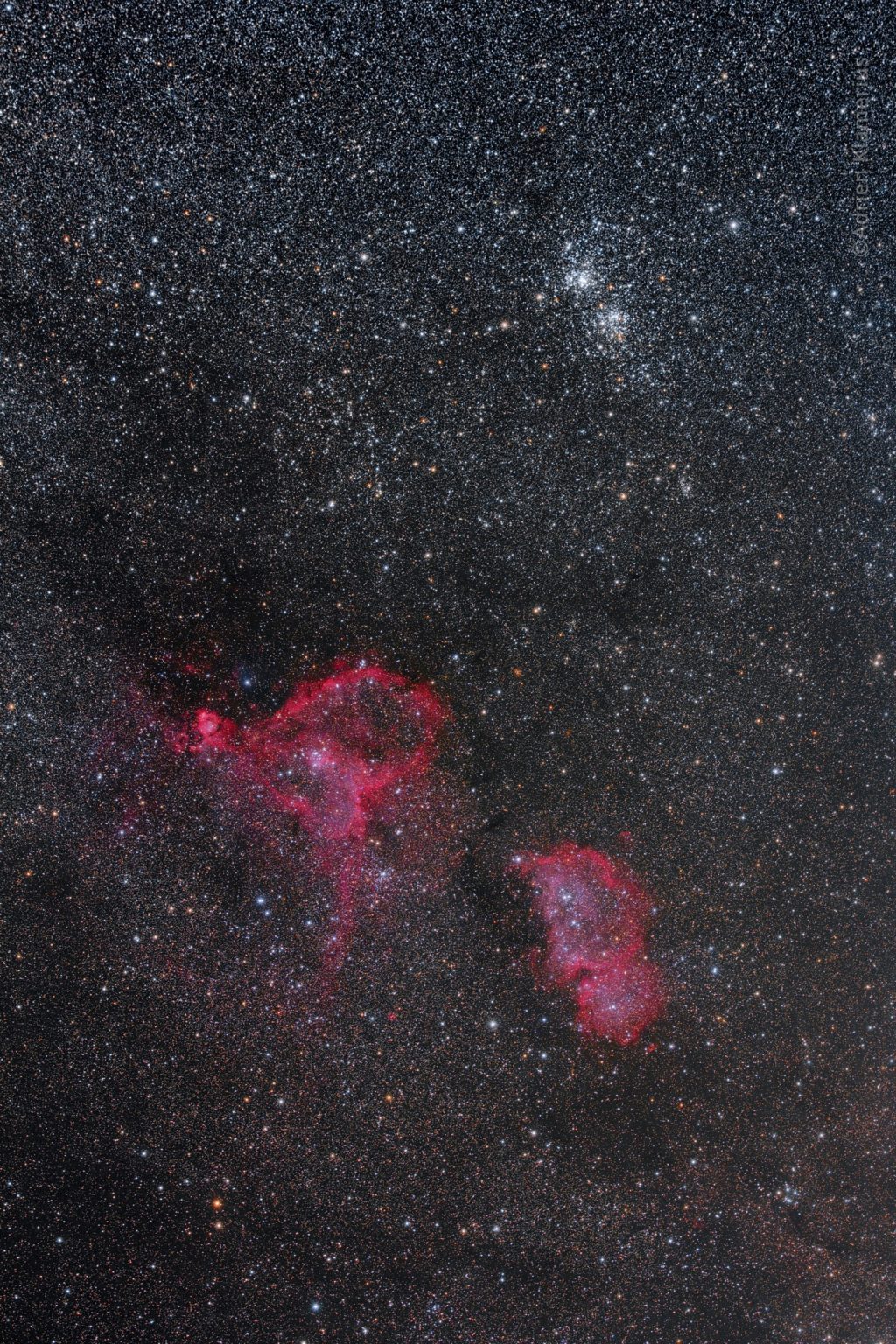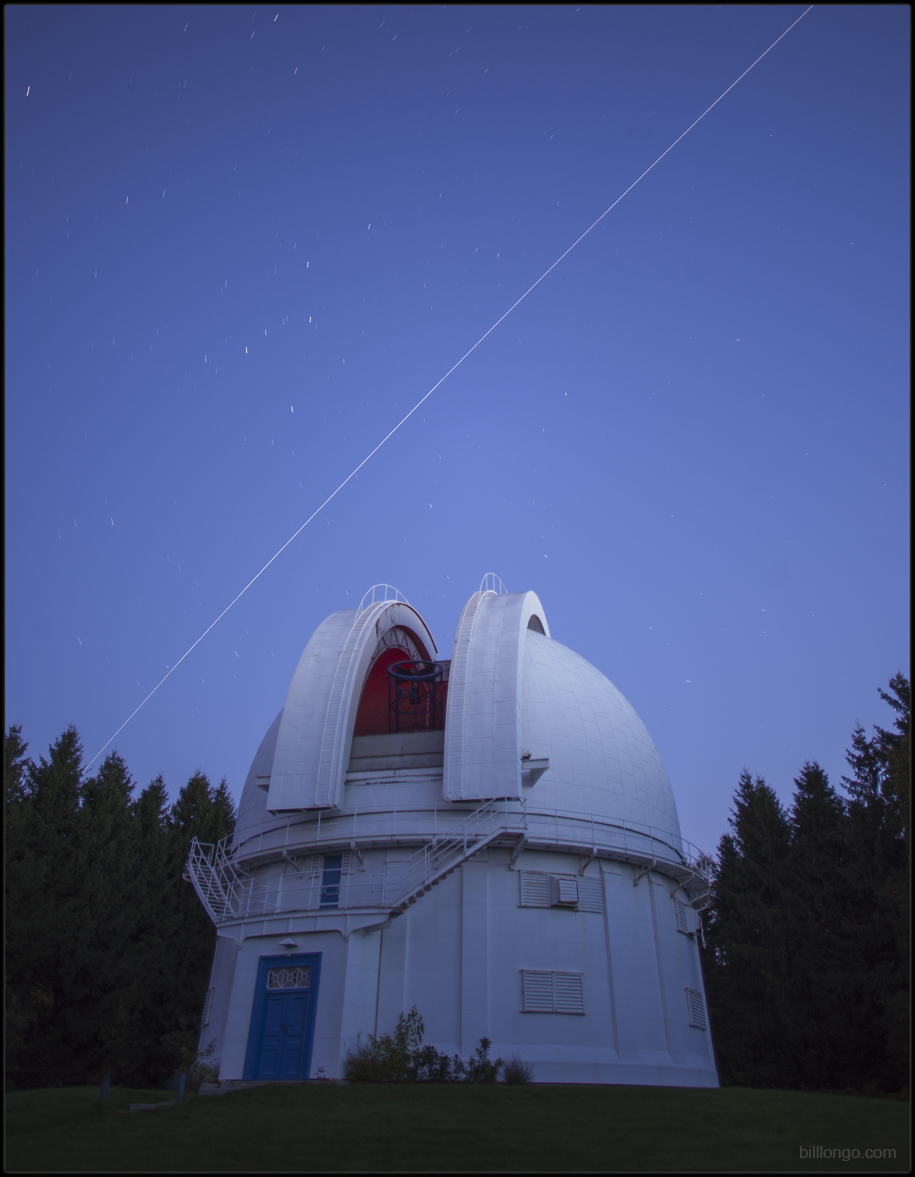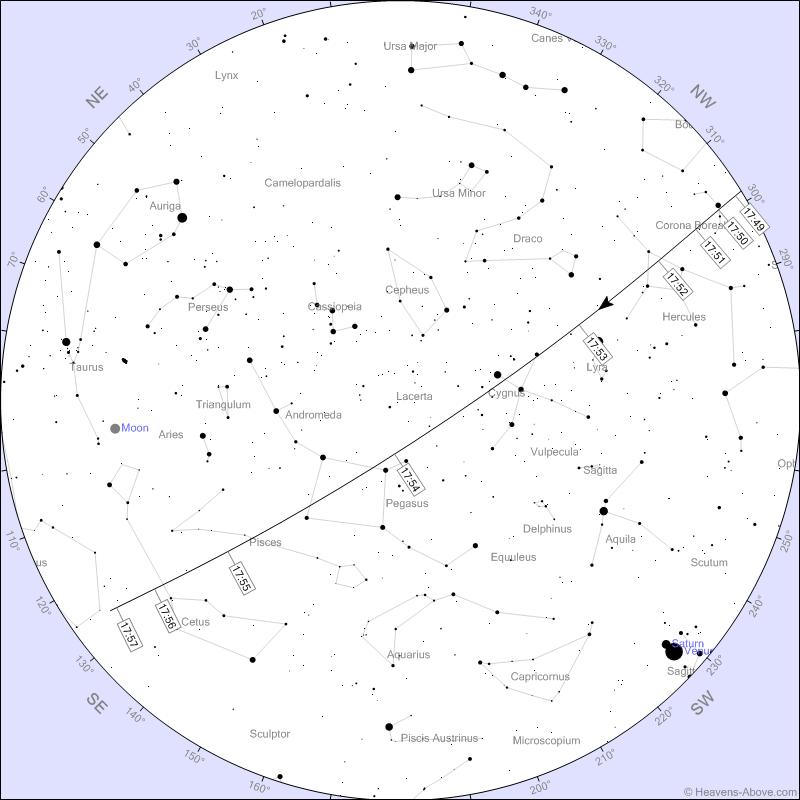More Meteors Briefly, Merry Perihelion, a Paucity of Planets, and the Stunning Stars of January!
This wide field photograph of the sky shows Orion at left and Taurus to the upper right. The stars have been slightly overexposed to emphasize their colours and relative brightnesses. Normally, reddish Betelgeuse at Orion’s shoulder (left above centre) is the same brightness as blue Rigel at Orion’s opposite foot. But recent images shows Betelgeuse…
Read more

